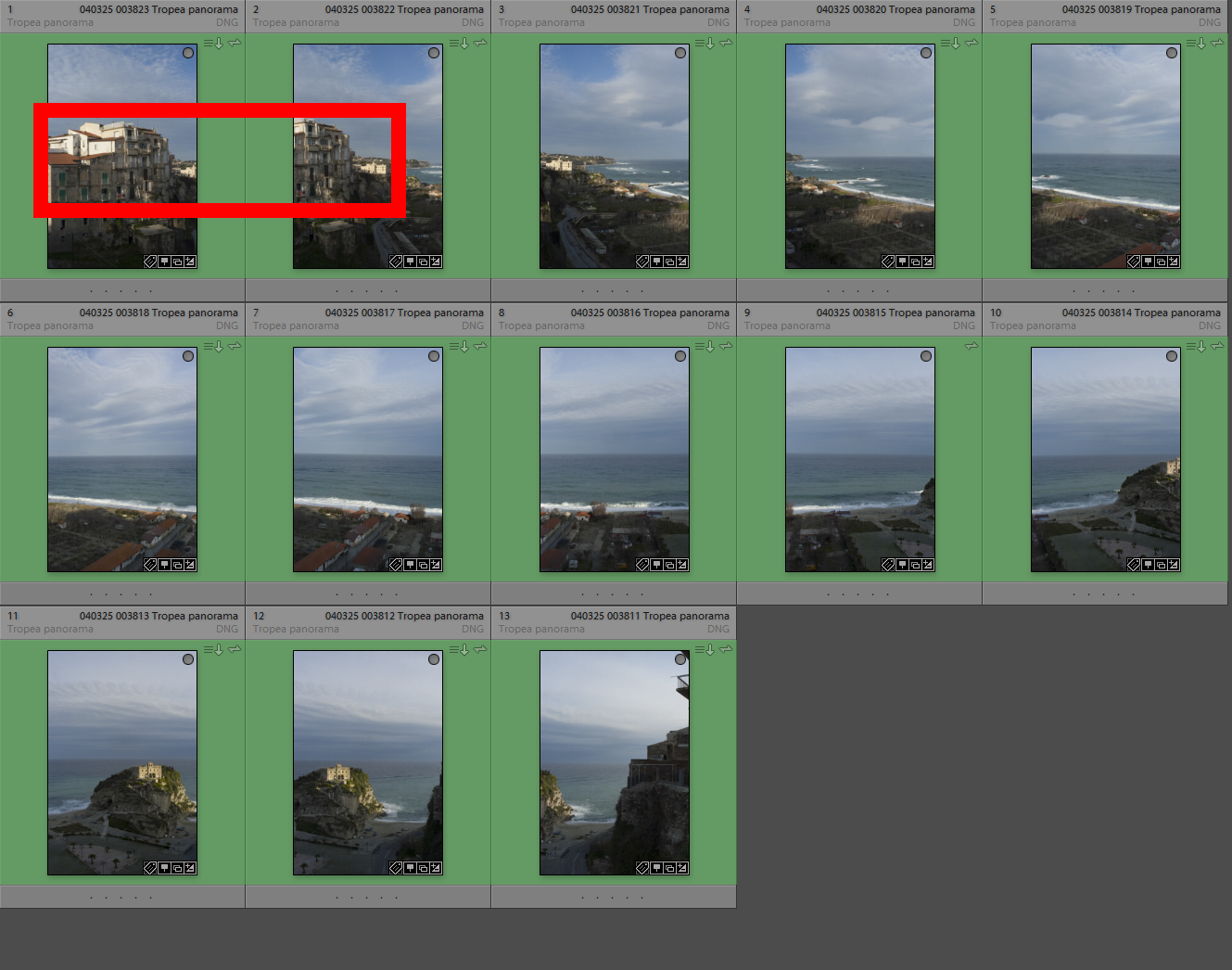Panorama Merge and Spot Corrections
Lightroom 2015.5 is released with the usual round of support for new camera and lenses, tweaks and bug fixes – and a feature that I have wanted ever since Panorama Merge was added – correct handling of dust spot corrections.
This may not be sexy-looking like Boundary Warp, and it’s only described by Adobe as a bug fix, but it should have a big impact on the way we use the merge tool, and it is all about efficiency.
In short, from now correct your dust spots before you run the merge.
Do other adjustments when you want
You’ve always been able to adjust the source photos before or after you run Panorama Merge. Of course, you would generally make better decisions once you can see the full, merged image, but nothing stopped you making adjustments before running Panorama Merge. There was no impact on the merge process, and Lightroom would just use the “most selected” photo’s adjustments.
Dust spots are an exception though. Sadly, until now, Lightroom’s Panorama Merge would ignore any spot corrections when producing the merged picture. What made this particularly annoying was that sensor dust does tend to stick in the same spot (forgive the pun) in each source photo, and it would therefore make sense to clean up one photo, sync your corrections to the other frames, and then do the merging. But because Lightroom was ignoring those corrections, each dust spot would reappear in the merged image and would be repeated however many times that image area was used in the panorama. That’s no fun if you have to correct the same dust spot 13 or however many times it appears.
Correct spots in Autosync mode before merging
And that’s why I like the change to Panorama Merge in 2015.5. It simply respects any spot corrections you have already made to each source photo.
So from now on the most efficient workflow is to correct one frame’s dust spots before merging, then Sync those corrections to the others – or use AutoSync mode if you want to be really efficient. Then Panorama Merge will bake those corrections into the merged image.
Frame by frame
One aspect that is especially welcome is that this process does work at the level of individual images. So spot corrections added to each source photo are applied to that photo’s pixels before the merge ever takes place.
This allows for the many occasions where you can’t simply sync spot corrections to every frame. In the example below I can happily use AutoSync to correct dust spots in the sea and the sky, correcting 11 frames each time I click. But with the building on the left, syncing spot corrections may produce funny results in that area. Alternatively, imagine if the sensor dust moved between shots, or if you wanted to clone out a bird or a plane that flew through the scene. So Panorama Merge allows you to correct each frame individually, if you need, and then merge the results.
Lightroom should be about efficiency as well as about image quality. The more sensor dust spots you have, and the more frames you merge, the more time you save. What’s not to like?

Sensor dust spots will be very obvious in the sky and sea, but I might not want to sync spot corrections into the building. Lightroom is perfectly happy with this and handles each photo’s spot corrections individually before doing the merge.